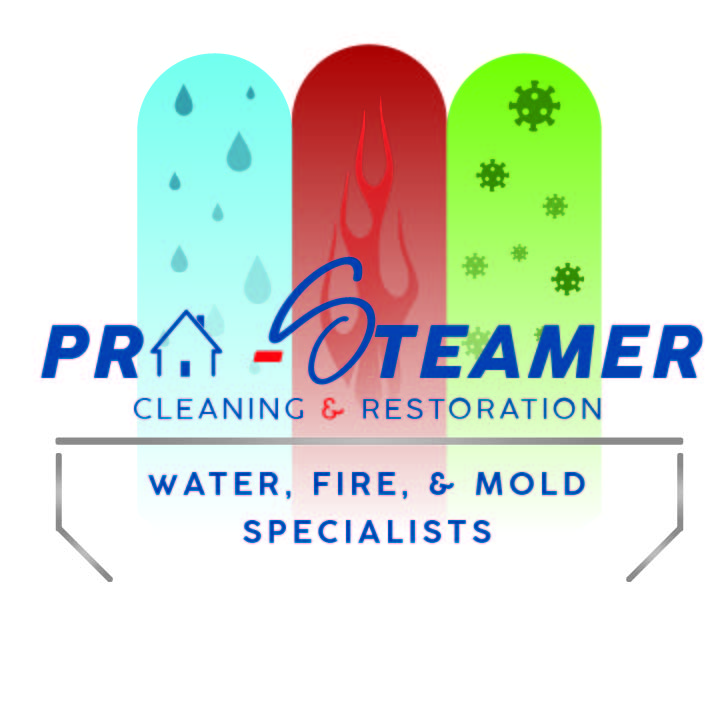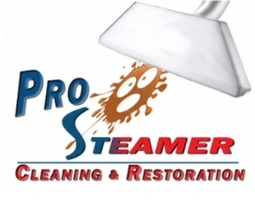Hidden Water Damage in Walls: How to Spot It and Why It Matters
When people think of water damage, they usually imagine soaked carpets, dripping ceilings, or burst pipes. But one of the most destructive forms of water damage is the one you don’t see: hidden water damage inside your walls. This type of damage can silently deteriorate the structure of your home or building and lead to serious health risks like mold growth. At Pro Steamer, we specialize in identifying and remediating hidden water damage using advanced technology and proven restoration techniques. If you suspect water damage in your home or office.What Is Hidden Water Damage?
Hidden water damage occurs when water infiltrates areas that aren’t easily visible, such as behind drywall, beneath flooring, or within ceilings. This can result from slow plumbing leaks, roof damage, condensation from poor ventilation, or even previous flooding that wasn’t properly dried out. Because it is out of sight, hidden water damage is often neglected until it leads to larger, more expensive issues.Common Causes of Hidden Water Damage
1. Leaky Pipes
Especially those inside the walls or under floors, leaking pipes are a major cause of hidden water damage. Over time, even the smallest leak can soak insulation, drywall, and wooden framing, encouraging mold and mildew to grow.2. Roof Leaks
A compromised roof allows water to trickle down into your walls, particularly during heavy rain or snow melt. This water can follow gravity, infiltrating multiple layers and soaking structural supports before any visible signs appear.3. Window and Door Seal Failures
Improper sealing or cracked caulking around windows and doors allows rainwater to seep in. Over time, the trapped moisture collects inside the walls, leading to rot and mold.4. HVAC and Appliance Leaks
Leaky air conditioning systems or faulty appliance connections (like dishwashers or washing machines) can slowly leak water into walls and under flooring, resulting in damage that worsens over months or even years.5. Poor Drainage and Foundation Cracks
Improper drainage systems, such as broken gutters or poorly sloped landscaping, can direct water toward the foundation. This allows water to seep into lower walls through hairline cracks in concrete or brick.Signs You May Have Hidden Water Damage
Detecting hidden water damage early can save you thousands in repairs and protect your home’s air quality and structure. Watch out for these signs:1. Musty or Damp Odors
If you notice a persistent musty smell, particularly in a specific area, it could indicate mold growth from hidden water damage.2. Stains or Discoloration on Walls
Brown or yellow water stains may appear on your drywall or ceiling tiles. These stains are usually the tip of the iceberg.3. Bubbling or Peeling Paint
Moisture can weaken the bond between paint and the wall, causing it to bubble, peel, or flake off. Wallpaper may also lift or wrinkle.4. Warped Walls or Baseboards
When drywall or wooden components absorb water, they can warp, become soft to the touch, or even crack.5. Mold Growth
If you see mold patches—especially in areas not usually damp—it’s a red flag for hidden water issues.6. Unexplained Health Issues
Frequent headaches, respiratory issues, allergies, and fatigue could be caused by mold spores in the air from unseen water damage.7. High Utility Bills
A sudden increase in your water bill might indicate a slow leak inside the wall.How to Detect Hidden Water Damage
If you suspect water damage behind walls or under floors, there are tools and techniques that can help confirm it:Moisture Meters
Professionals use these to measure moisture content within walls without causing damage. They can identify elevated moisture levels even when walls appear dry.Infrared Cameras
Thermal imaging highlights cooler, moist areas behind surfaces. These tools are excellent for quickly locating water intrusion sources.Wall Probes and Inspection Holes
In severe cases, small holes may be cut into the wall to directly measure moisture levels or insert scopes to view inside cavities.Professional Assessment
At Pro Steamer, we use a combination of visual inspection and advanced tools to thoroughly evaluate moisture presence in your structure.What to Do if You Suspect Hidden Water Damage
Time is critical. The sooner you act, the less damage and cost you’ll face.1. Identify and Stop the Source
Shut off the main water line if necessary or contact a plumber to isolate and fix the leak.2. Contact Pro Steamer
Call us at (575) 623-0993. Our IICRC-certified technicians are trained in water restoration and mold remediation. We’re available 24/7 for emergencies.3. Dry the Area Thoroughly
Using commercial-grade fans and dehumidifiers, we dry the affected area down to its core—preventing mold growth and structural damage.4. Remove and Repair Damaged Materials
We remove wet insulation, drywall, and flooring, replace them, and treat affected areas to eliminate bacteria and mold spores.5. Mold Remediation and Disinfection
We apply EPA-approved antimicrobials and, if needed, conduct mold remediation to restore a safe environment.How to Prevent Future Water Damage
Prevention is the best investment when it comes to protecting your property.- Inspect Your Roof Annually: Look for missing shingles, broken flashing, and signs of water pooling.
- Seal Windows and Doors: Re-caulk and replace weatherstripping to block water infiltration.
- Maintain Appliances: Regularly check hoses and seals on washing machines, dishwashers, and refrigerators.
- Clean Gutters and Downspouts: Ensure rainwater flows away from your foundation.
- Use Water Leak Detectors: Install sensors in high-risk areas like under sinks or near HVAC units.
- Ensure Proper Grading: The ground around your home should slope away to prevent pooling water.
- Ventilate Damp Areas: Use exhaust fans in kitchens, bathrooms, and basements to reduce humidity.



